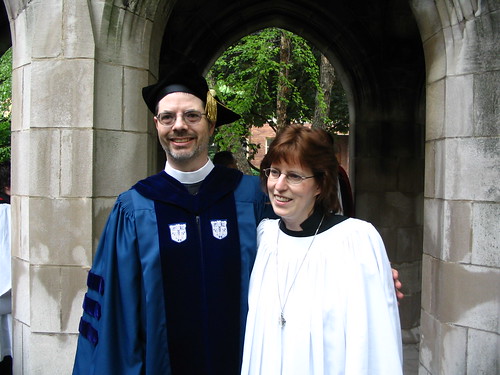What’s Left?
At Trevor’s invitation (prodding), I signed up for eMusic’s “50-free-download” offer and I began to explore their offerings. Unfortunately, I find that most of the music in which I might be interested, I’ve already bought; and much of the rest doesn’t appear in their repertoire. I’ll probably fill out my Sleater-Kinney collection, and maybe download more Rainer Maria (in honor of Trevor, who gave me one of their disks) — but they don’t offer a complete enough selection to keep me interested once I use up my freebies.
Later: I’ve culled a couple of my favorite Baroque numbers by Henry VIII (not just because he instigated the English Reformation) — but songs for which I’ve been searching high and low in the reputable corners of the online music world (including Freda Payne’s “Band of Gold,” for heavne’s sake, but also Tom Robinson’s “1967 (Seems So Long Ago)” from the Secret Policeman’s Ball album, and various other test case albums and singles) just don’t show up.
Later still: Audioscrobbler thinks I’ll like Yo La Tengo, so I’ll test-drive eMusic with I Can Hear The Heart Beating As One.


